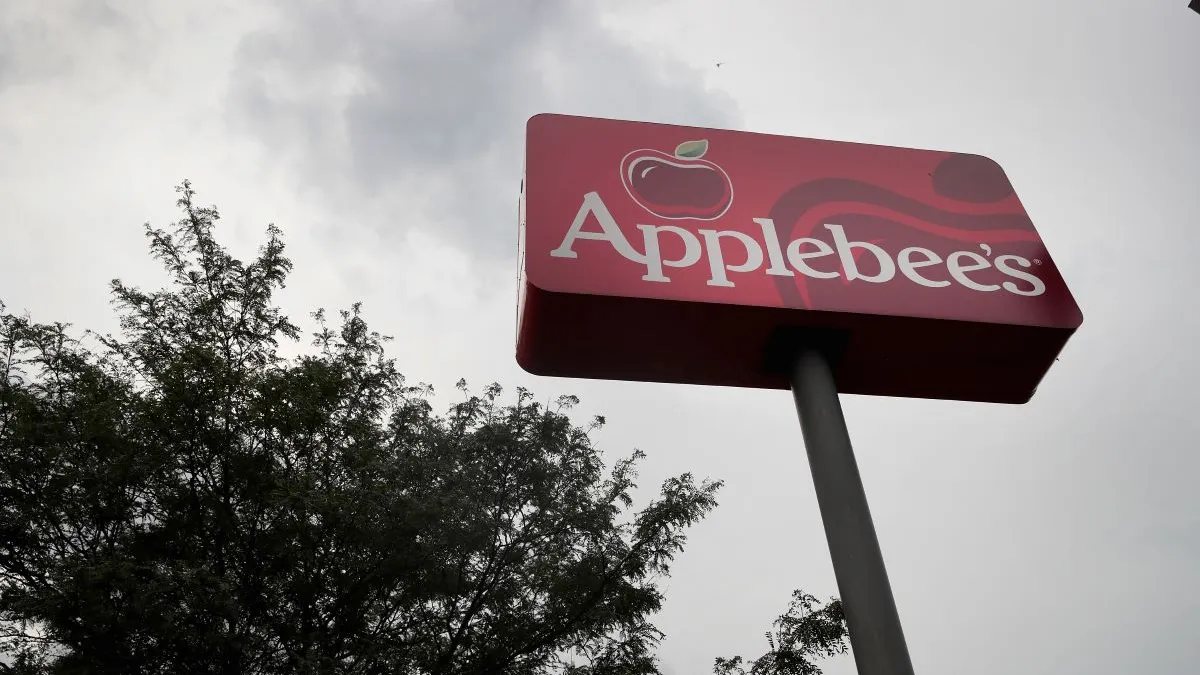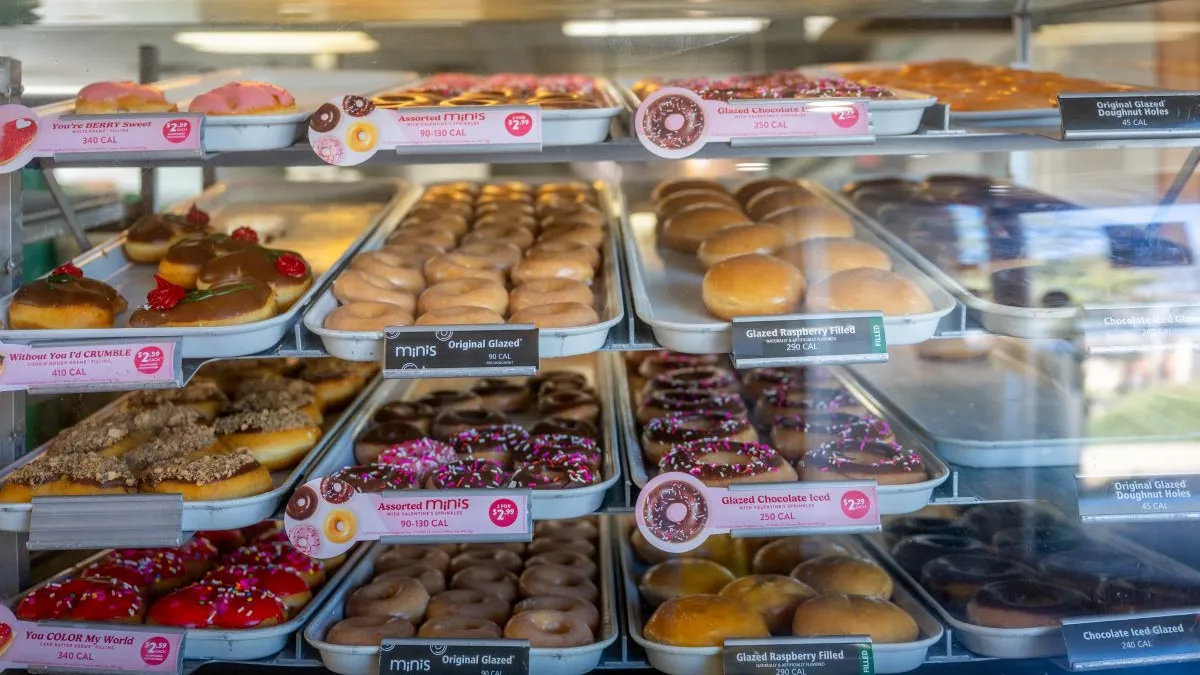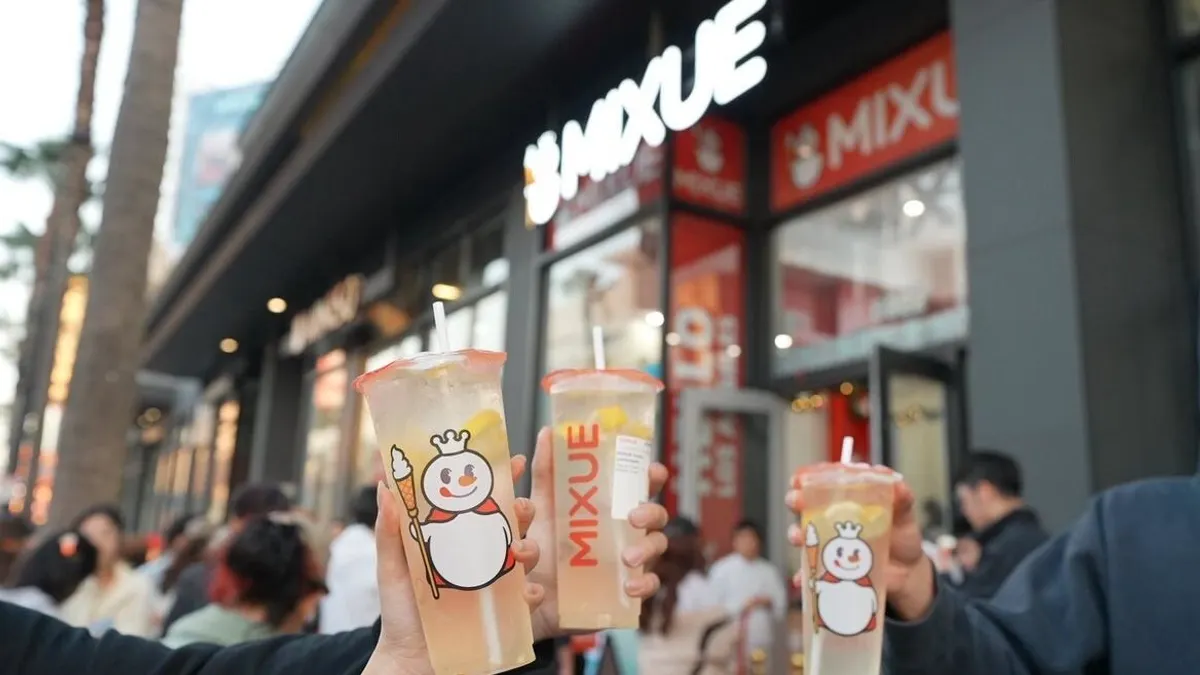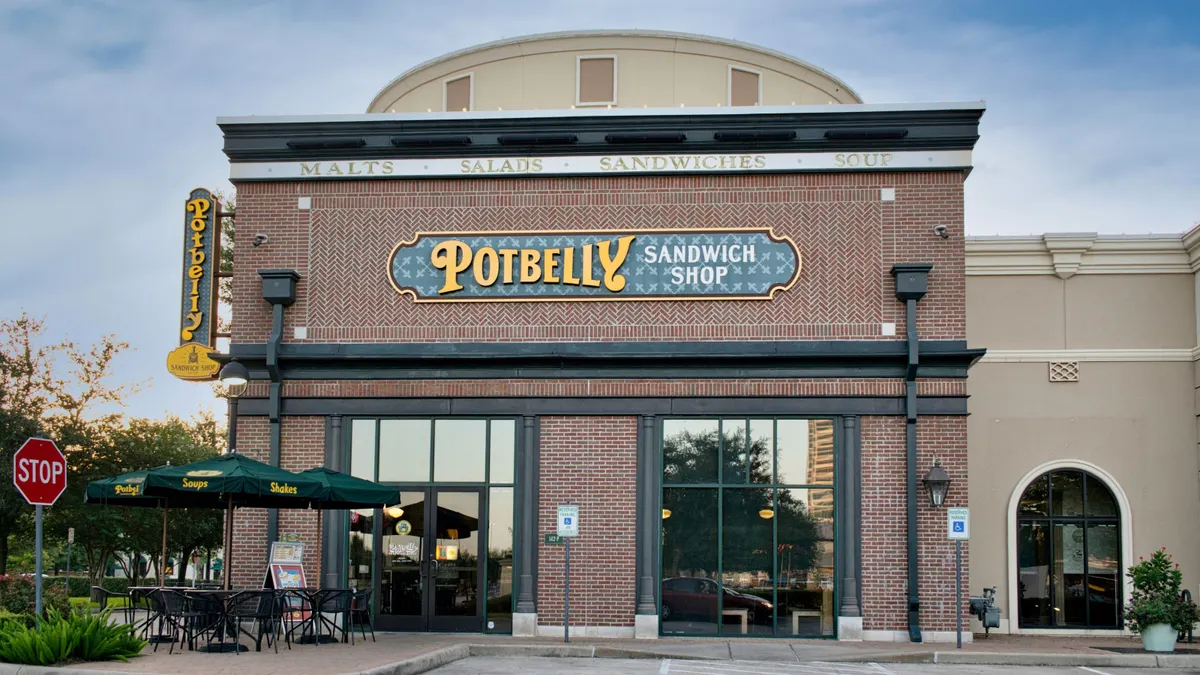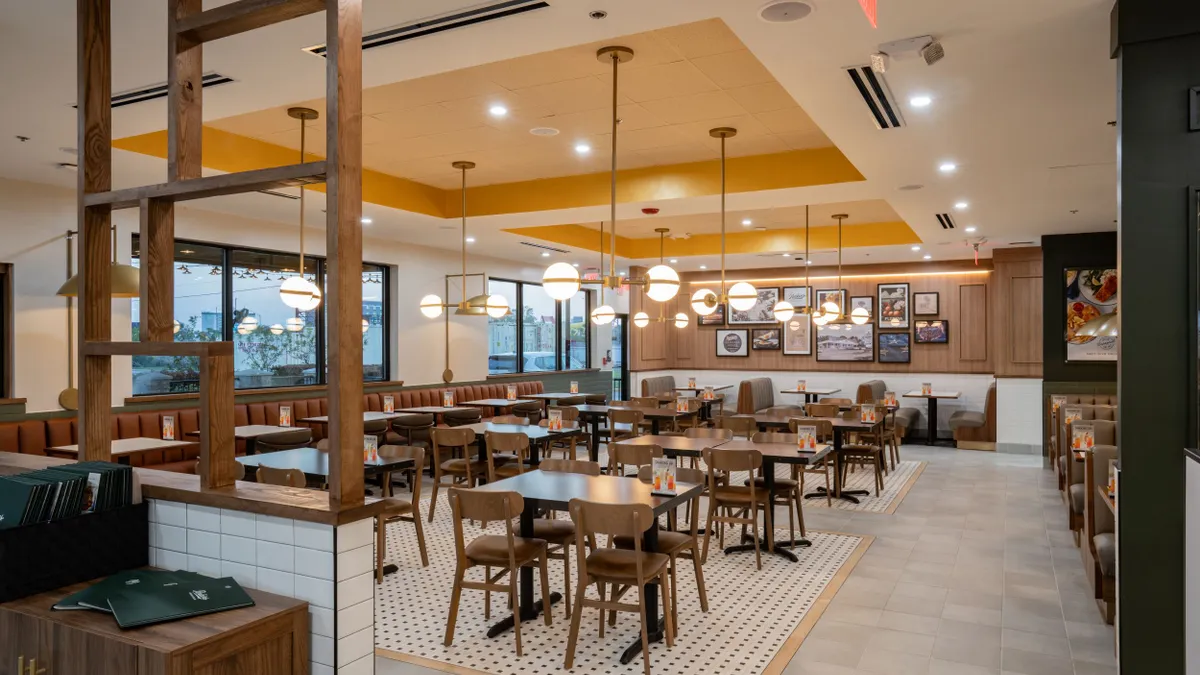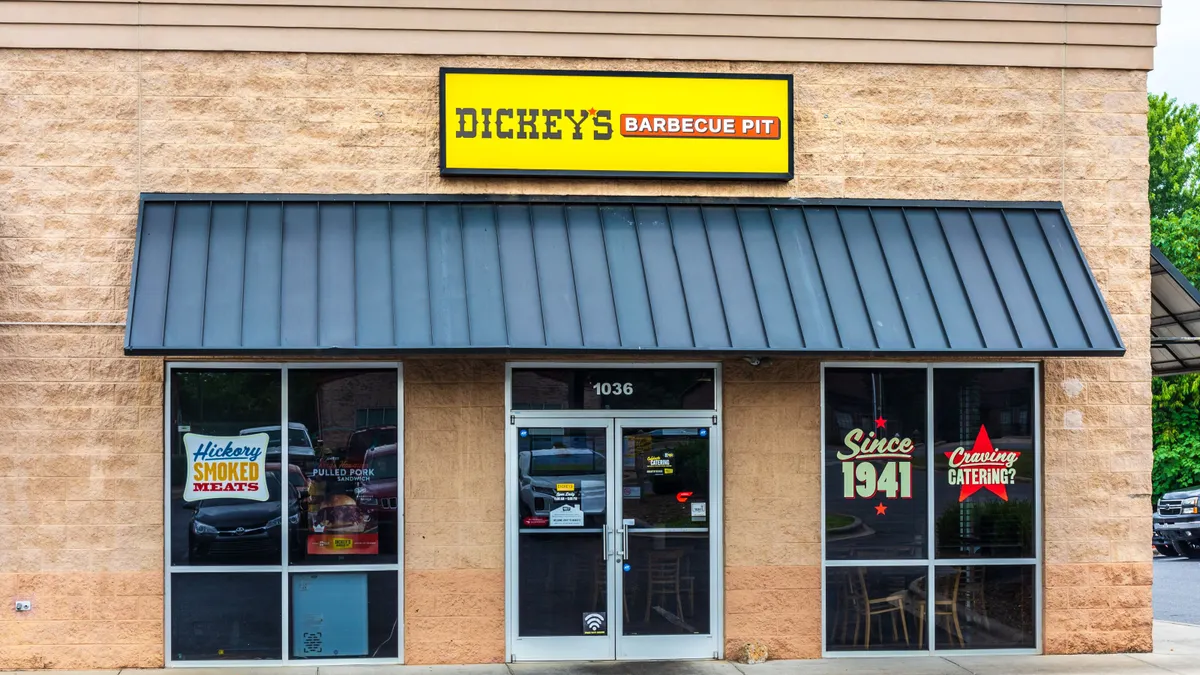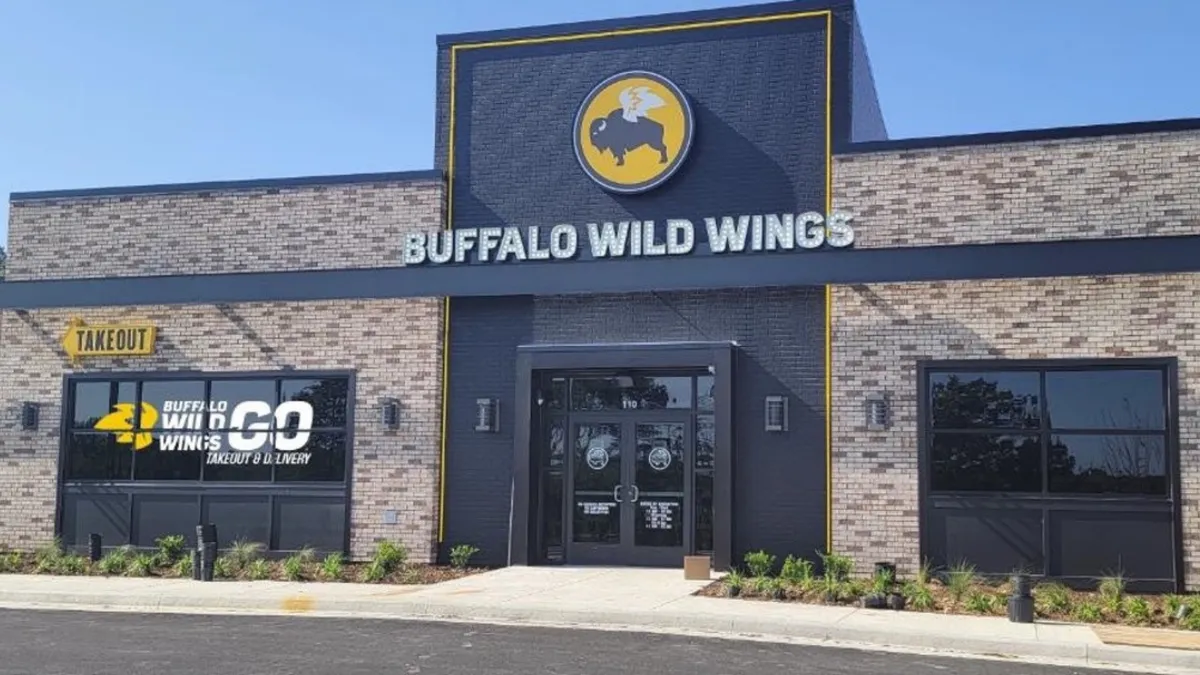When Tony Moralejo took the reins as president at Applebee's in January, he brought a renewed focus on development. Moralejo, who has over two decades of restaurant experience, is leveraging his development expertise to create new, financially attractive opportunities for franchisees, he said during Dine Brands’ Q4 2022 earnings call on Wednesday.
Applebee’s opened 16 franchised units globally last year, four of which were domestic. This was an improvement from 2021, when franchisees opened six locations globally. The company is also slowing down closures. In 2022, franchisees closed 18 units globally compared to 35 units in 2021. Much like other chains that have seen delays in new unit growth, Applebee’s franchisees are beset with ongoing development challenges.
“Over the last two years now, the restaurant industry experienced rising land acquisition costs and construction cost inflation,” Moralejo said on the call. While franchisees experienced downward pressure on operating margins … our franchisees remain on solid financial footing, thanks to an all-time high AUV. These factors resulted in low new build ROI, hampering our ability to ignite new unit growth.”
Applebee’s expects to open more restaurants this year than it did in 2022, Moralejo said. It will be at least a year until Applebee’s returns to net unit growth, however. Dine Brands expects Applebee’s to have 10 to 20 fewer net domestic restaurants in 2023 compared to last year, according to the earnings release.
As inflation and building cost challenges persist, Applebee’s is focusing on financial factors it can control, such as driving topline sales to improve four-wall margin EBITDA. The brand is also considering incentives for franchisees, but Moralejo said it is too early to discuss what those may be.
Applebee’s is looking at ways to “value engineer” the restaurant itself to reduce the cost to build for franchisees, be that the size of the building itself or the decor, he said.
“It’s not just the building materials. It’s not just the building itself, but the equipment that goes into the restaurants,” Moralejo said. “We’re looking into all the different components of the development cost … to improve the value proposition for franchisees.”
Applebee’s is currently testing a new prototype called the Kitchen of the Future in eight restaurants, he said. The design includes two labor saving pieces of equipment. The CTX oven uses a conveyor belt-like apparatus in which employees put food in one end, and it comes out the other fully cooked, he said. This will offer potential labor savings, and is designed to improve cooking consistency, he said, though he did not share technical details. The second piece of equipment is a combi oven, which uses convection and steam to do some batch prep cooking that can also help improve the quality of the products.
In addition to testing new technology, Applebee’s is shifting its off-premise strategy to focus on core offerings and improve its menu development process to become more agile.
“Applebee’s is thriving because value is part of our DNA,” Moralejo said. “The Applebee’s guest has come to rely on us to deliver value during difficult times and we’re currently executing that and delivering against that promise.”
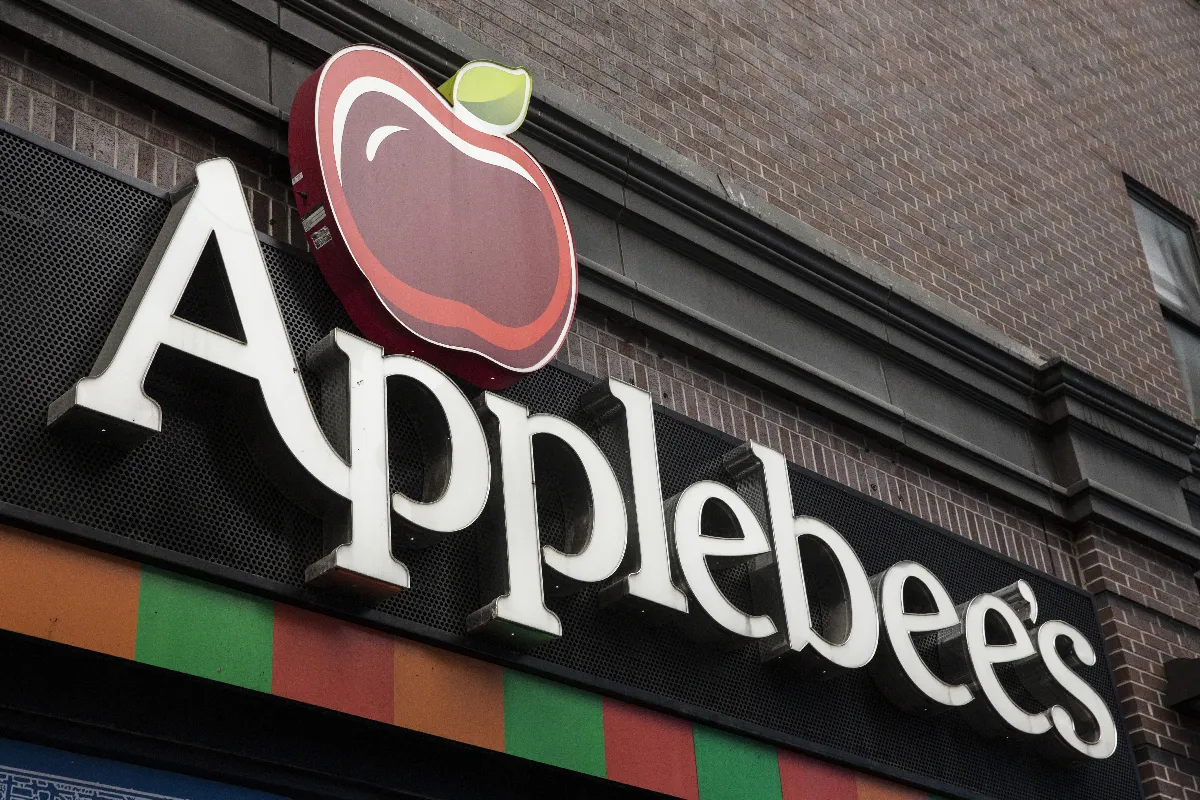
Bringing more technology into restaurants
Applebee’s is relying on technology to improve the guest experience. It is testing waitlist technology where guests can check the wait at nearby restaurants online and put their name on a digital waitlist. Once this feature is available nationwide, guests will be able to access the waitlist of a local restaurant via Applebee’s website or app, or even within Google search, Moralejo said.
Applebee’s is also investing in a call center so employees don’t have to answer guest calls at the restaurant, a shift designed to reduce dropped calls or busy lines. The casual chain is also piloting a pay-and-go system that allows guests to use QR codes to pay for their food. Applebee’s rolled out geofencing technology nationwide in 2022 to enhance its Curbside To Go experience. The geofencing technology prompts employees when a guest is approaching the restaurant so the kitchen knows when to prepare and deliver food to guests so the food is still warm, he said. Servers have also been using handheld technology to take orders in about 500 restaurants.
Applebee’s plans to improve the functionality of its website and app, as well. The company is partnering with Google and is in the early stages of deploying artificial intelligence that will learn as guests go through their website and can offer guests some of their preferred items, he said.
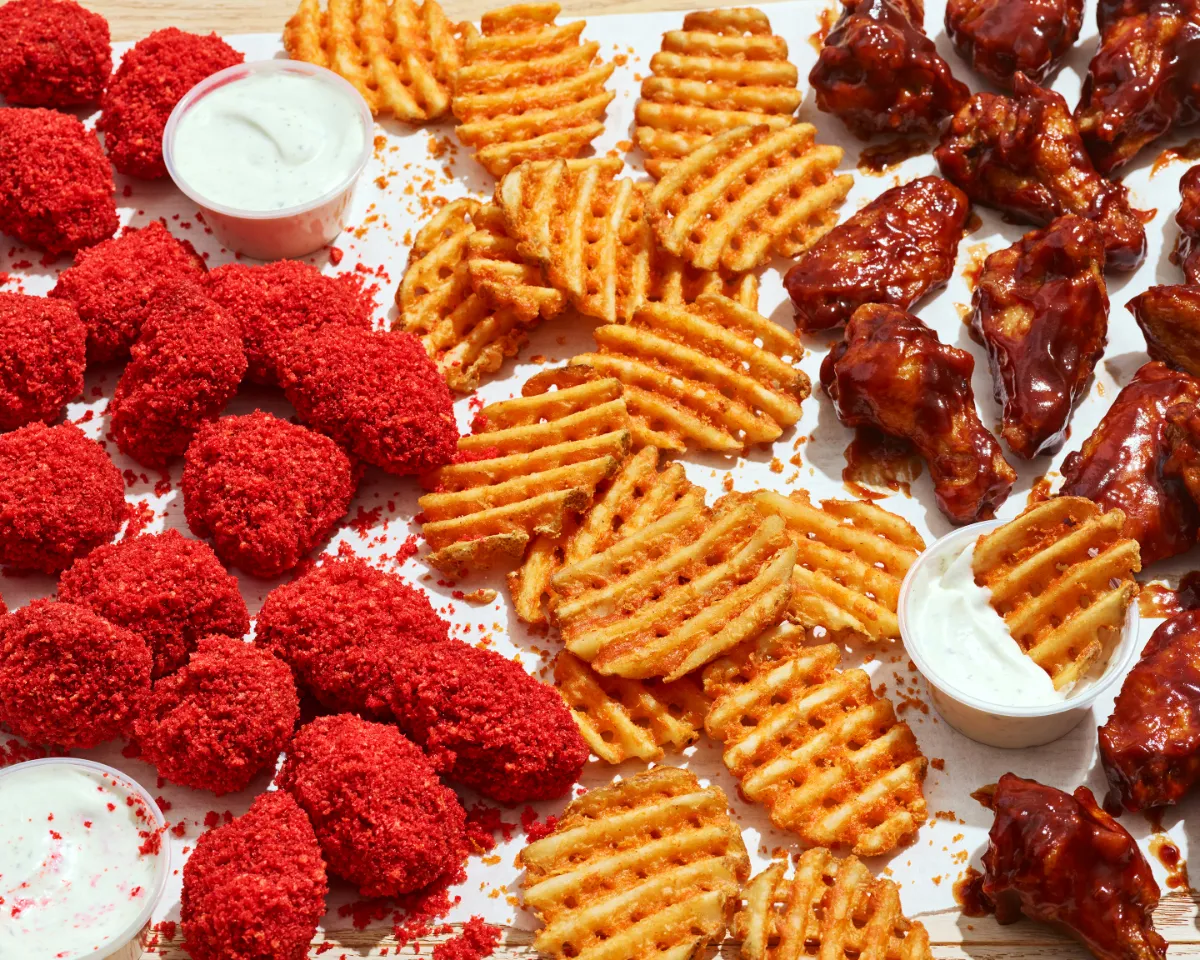
Shifting off-premise strategy
Applebee’s continues to rely on off-premise business, which made up nearly a quarter of total sales in Q4 2022, as a growth engine. The chain’s Carside To Go business represents 54% of off-premise sales, while delivery comprised 46%, Moralejo said.
Applebee’s has shifted its off-premise strategy in the last couple of quarters, however, based on results of some initial tests. The chain’s franchisees began adding drive-thru pickup windows in 2021 and Applebee’s now has 10 open across its system. These windows have led to an increase in sales and guests appreciate the added convenience, Moralejo said. Applebee’s expects to continue adding drive-thru windows in new builds and in significant remodels, he said.
Not all off-premise initiatives have been a success. While Applebee’s opened ghost kitchens at seven locations in the last year and a half, the strategy wasn’t compelling for its operators and the chain doesn’t see this as a robust development area for it going forward domestically, Moralejo said. Internationally, it may play a significant role where ghost kitchens are more successful, however.
Applebee's off-premise sales mix
“Domestically, we think we’re better served if we continue to focus on our core business and our core menu items delivered from our traditional brick-and-mortar restaurant units,” he said.
Even though sister-brand IHOP is expanding its virtual brand platform, Applebee’s is contracting its virtual brand. Last year, it added several items from Cosmic Wings to its core menu as a way to improve access to the brand. At the time Cosmic Wings was only available to about 13% of guests via delivery. The company hasn’t sunsetted the virtual brand entirely, and it still remains in about 400 restaurants, Moralejo said. The program is an option for its franchisees.
“What we've found with virtual brands — similar to the ghost kitchen experiment — is that there are some operational complexities that arose as a result of trying to execute against the virtual brand platform in our restaurants,” Moralejo said.
While these two experiments provided valuable insights for Applebee’s, the chain found that guests prefer the core Applebee’s menu both in-restaurant and to go.
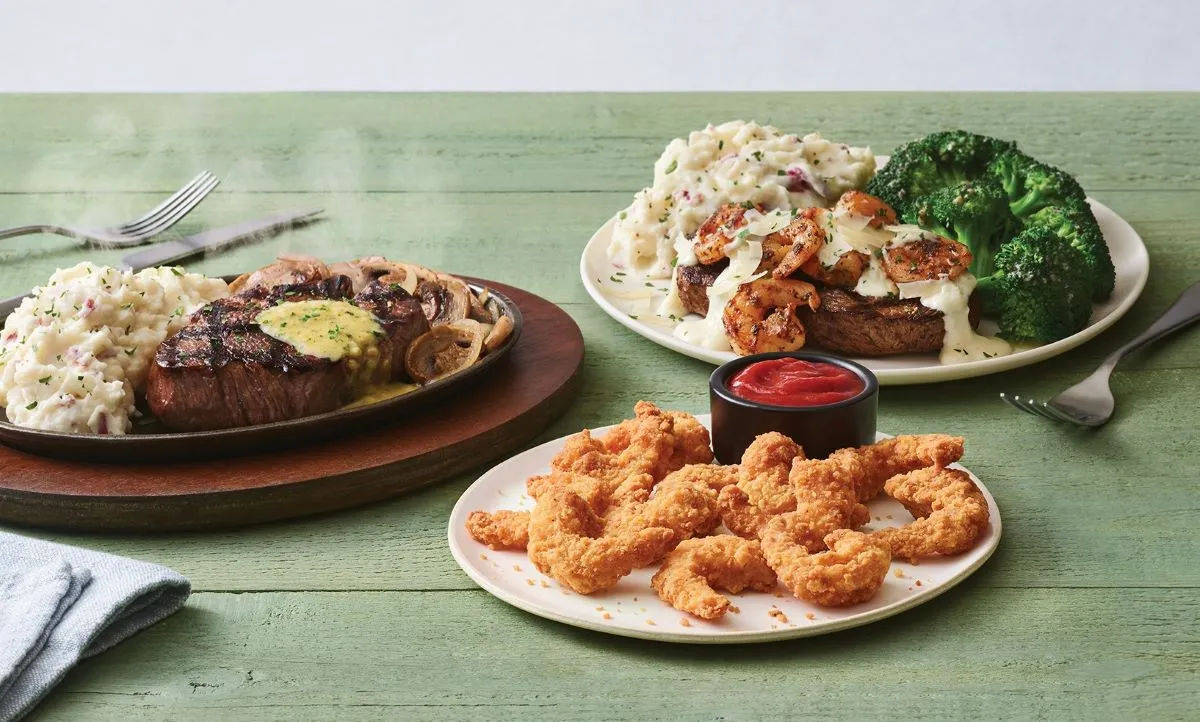
Leaning into menu development
Applebee’s is also shifting its menu development process under Scott Rodriguez, who joined the brand as its chief culinary officer last year. Rodriguez is creating an 18-month lineup of new menu items, whether that’s new flavors or tweaking existing favorites, Moralejo said. This reserve will help Applbee’s quickly implement new items if the economy turns or if it is under competitive pressures, he said.
“What we’ve found is that the Applebee’s guest is incredibly resilient and the Applebee’s guest expects value,” Moralejo said. “So you’re going to see us double down on value as we move forward with it.”
That doesn’t mean just focusing on price, but on quality food and providing great customer service. The company currently offers a dozen shrimp as a $1 add-on to a steak order, for example, he said.
Maintaining that level of affordability has been a delicate balance for franchisees, especially since pricing is at their sole discretion, he said.
Franchisees increased menu prices an average of 7.5% in Q4 year-over-year, CFO Vance Chang said during Dine Brand’s earnings call. Inflation for the chain was 11% during the fourth quarter compared to 23% during the first half of 2022, he said.
“What we saw this past year is that our franchisees took pricing at parity, or even below many competitors,” Moralejo said. “They took pricing less than grocery chains took pricing. And for the last four years, we’ve been at or below the food-away-from home category.”


